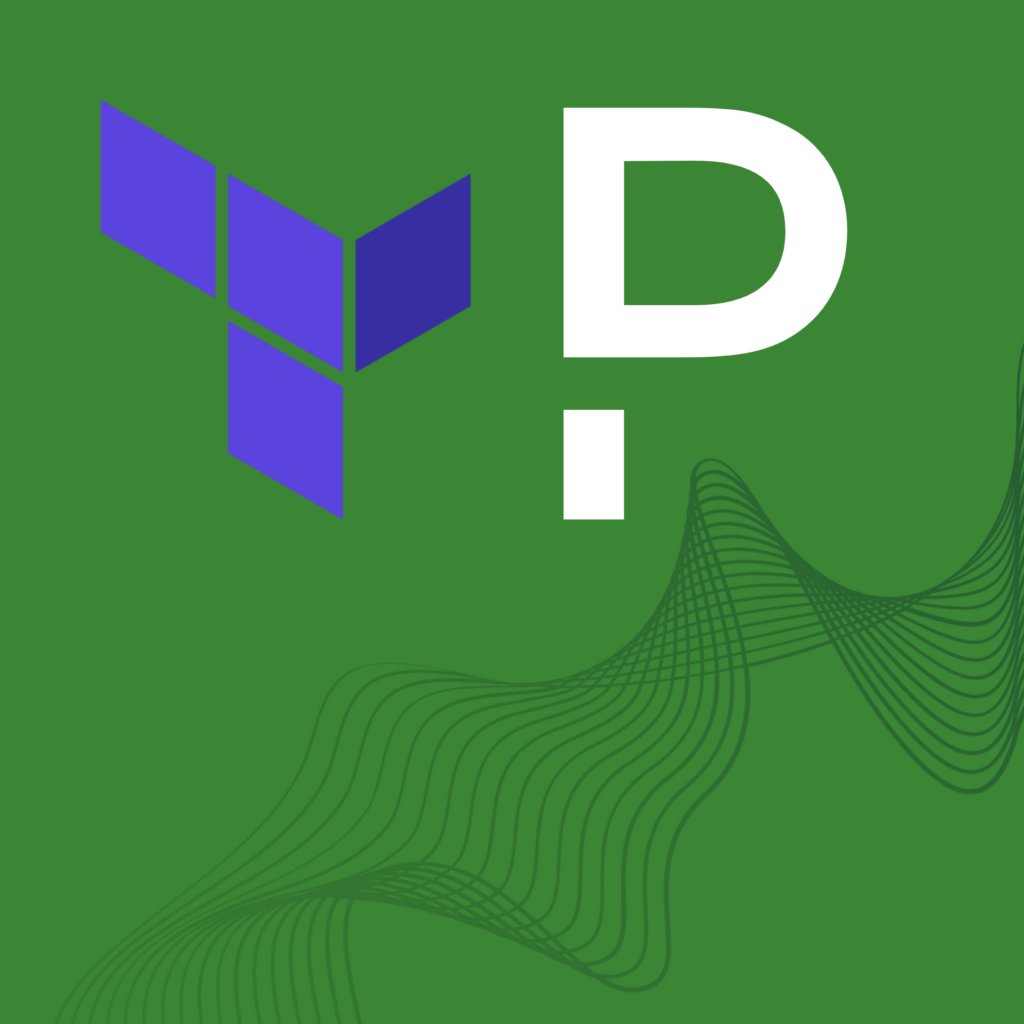A Complete Guide to Enterprise DevOps
It’s easy to assume that DevOps only works for start-ups that build their culture from scratch, or for tech giants with cloud-native roots. But in reality, DevOps best practices can benefit everyone—from agile new businesses to decades-old enterprises. As a result, DevOps adoption is on the rise, with 74% of enterprises adopting DevOps in some form. Organizations that don’t make this shift risk being disrupted by those that have achieved greater agility, automation, and communication.
With all that being said, implementing a DevOps culture can be a daunting task. Cultural change is challenging, especially for enterprises with entrenched modes of operation and countless legacy processes and services. But it’s not impossible. This blog explains how enterprises can achieve the change necessary to begin, and sustain, a DevOps journey.
What is DevOps?
DevOps is an approach to organizational development that’s been gaining popularity over the last decade or so. Although it has become associated with a variety of software tools and platforms, DevOps itself is centered around the cultural transformation of development and operations organizations. It is rooted in cultural values and people rather than just a specific toolset, process, or developmental architecture.
Components of DevOps
DevOps can be broken down into six core values:
- Agility: The ability to adapt quickly to embrace new technologies and services, and seamlessly scale tools and processes.
- Collaboration: Breaking down organizational “silos” existing between developers, ITOps admins, and business stakeholders to enable cross-team collaboration.
- Code Ownership: By emphasizing the principle of “owning your code,” DevOps encourages developers to participate in all steps of software delivery, from writing and deploying code to monitoring applications in production.
- Automation: DevOps emphasizes the automation of processes, from code builds and deploys to application monitoring, driving better agility and collaboration.
- Continuous Learning: By collecting metrics and building continuous feedback loops, DevOps lets organizations constantly assess their performance and continuously improve.
- Communication: Effective, organization-wide communication is the foundation to implementing these values.
Why Enterprises Are Making the Move to DevOps
DevOps adoption is growing, with 26% of organizations saying they have adopted DevOps across all projects compared to just 12% in 2017. There are a myriad of benefits that enterprises can achieve from embracing DevOps best practises. It can be implemented at, and benefit, companies of all types and sizes. DevOps also supports improved, enterprise-wide communication, generating value by saving time and money.
Organizations who embrace DevOps can also use employees’ time more efficiently. This helps deliver better, faster updates to customers and enables fast response times to market changes. Finally, it allows organizations to continuously improve by making ongoing, incremental updates to products, services, and processes.
DevOps is a Journey
To embrace DevOps fully, it’s essential to understand that it cannot just be implemented and forgotten about. Building a DevOps culture is a continuous process. An organization’s DevOps journey typically follows the paths outlined below as it evolves from a basic embrace of DevOps values toward an advanced DevOps culture:
Software Delivery Practices
Traditional: Waterfall model. Releases every 1-2 years. Deployments require planning.
Beginning: Quarterly releases. Development and ITOps may interact, but changes require manual handoff.
Intermediate: Coordination between Development, ITOps and QA. Deployments impact fewer services. Faster software releases and less downtime.
Advanced: Continuous integration, deployment, and delivery. Releases throughout the day, zero downtime.
Troubleshooting Processes
Traditional: Development/QA send ad hoc manual requests to ITOps. ITOps is not automatically notified of problems.
Beginning: Development/QA have a process for sending requests to ITOps, but goals are uncoordinated.
Intermediate: ITOps enables some self-service access for Development. ITOps is engaged with Development for troubleshooting.
Advanced: Teams collaborate throughout the software delivery lifecycle. Collective accountability for maximizing performance. Recovery is quick.
Environment and Tooling
Traditional: Static test environments and manual change management. Incidents are handled on an ad hoc basis. No parity between development and production environments.
Beginning: Some environment parity, automated build and testing, and automated alerts are in place. Alert response and escalations are manual.
Intermediate: Service-oriented monitoring and automated test-and build are in place. Deployment may require specialized ITOps skillsets.
Advanced: Complete automation across test-and-build. Incident response mobilization. Development and production environments completely and automatically integrated.
Challenges in Enterprise DevOps
But there are many challenges to adoption. For one, it can be difficult to facilitate communication and collaboration across the many different teams that contribute to software creation and management. This is further complicated when teams exist within teams – for example, a development team may have subsets of developers all working on different projects.
Many enterprises are also dependent on legacy systems and applications and may mistakenly believe that DevOps only works in a DevOps-centric organization. In reality, DevOps techniques can be applied to legacy systems – for instance, using modern alerting tools to enable continuous monitoring of legacy applications.
Concerns around security, governance, and compliance can also prevent enterprises from adapting quickly. So, organizations looking to embrace DevOps must find ways to balance it with change management and risk mitigation. Finally, DevOps culture requires flexible roles—for instance, ITOps engineers must understand what developers are doing, and vice versa. However, not all engineers have the necessary skill sets to do this. As such, enterprises may need to invest in additional IT recruitment or training for current engineers.
Enabling and Consulting DevOps Transformation for the Enterprise
Overcoming these barriers requires enterprises to do the following:
- Start small: Enterprises can begin by encouraging the adoption of DevOps principles on a small scale within certain groups. Once the model has been proved, expansion will follow.
- Improve Communication: Organizations need communication tools that can aggregate both human and machine data on the state of software and systems. The tools should make it easy to understand the nature of an issue and coordinate responses in real-time.
- Focus on Integration: Enterprises that rely on legacy software, and struggle to coordinate operations across teams, should integrate their software tools and workflows as much as possible. This will help make data available to the personnel when they need it.
- Implement Flexible Roles: Members of different teams – from engineers to ITOps – should be equipped with the knowledge and communication skills to collaborate outside of their specialist areas. To find out more about essential DevOps roles, click here.
- Think Holistically: Enterprises must integrate the workflows of everyone who impacts software delivery, not just developers and ITOps. For instance, the legal department is involved in software licensing and contracts, and may be needed if downtime means an SLA is broken with clients. So, legal must be integrated into the organization’s DevOps culture. The same applies to other departments—including HR, PR, and executive leadership.
- Implement the Right Tooling: Enterprises seeking to embrace DevOps should build a toolset that enables agility, collaboration, automation, communication, and legacy compatibility if required.
- Enable Cultural Change: Embracing DevOps is not as simple as installing the right software.Enterprises should identify their cultural transformation goals and select the software tools that help achieve them.
Achieving Enterprise DevOps With PagerDuty
DevOps adoption is only set to increase. However, in order to reap the benefits, organizations must build continuous improvement into their culture and commit to their ongoing DevOps journey. With PagerDuty, enterprises can build efficient communication into the core of their culture, enabling them to continue their DevOps journey.
To learn more about how PagerDuty can help your developer organization, click here.


